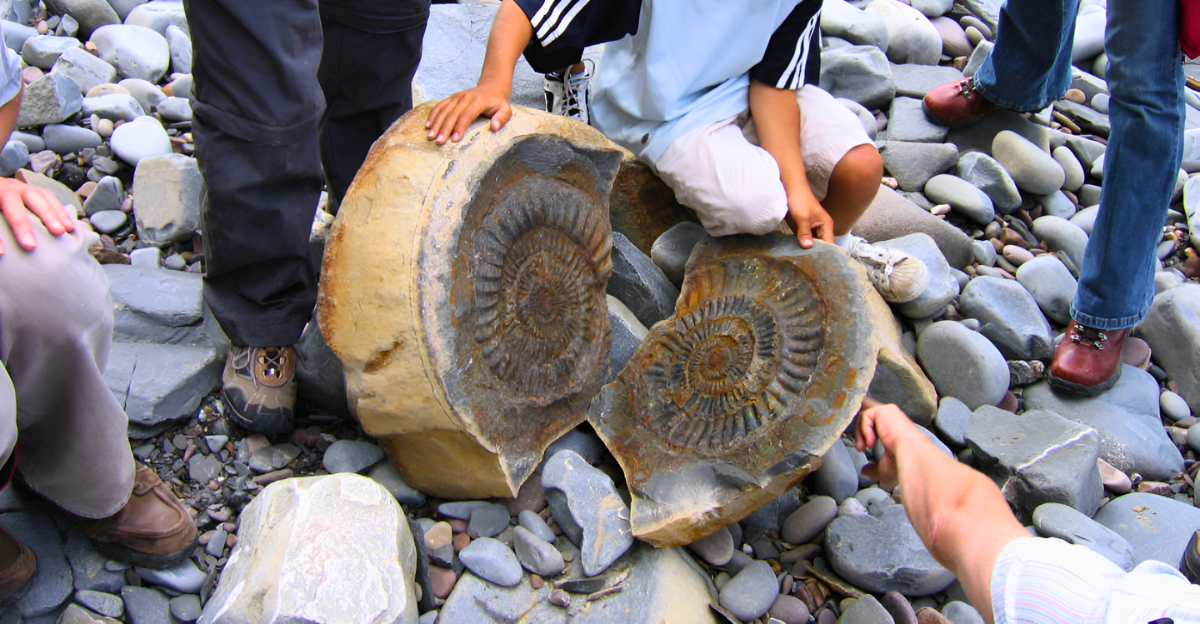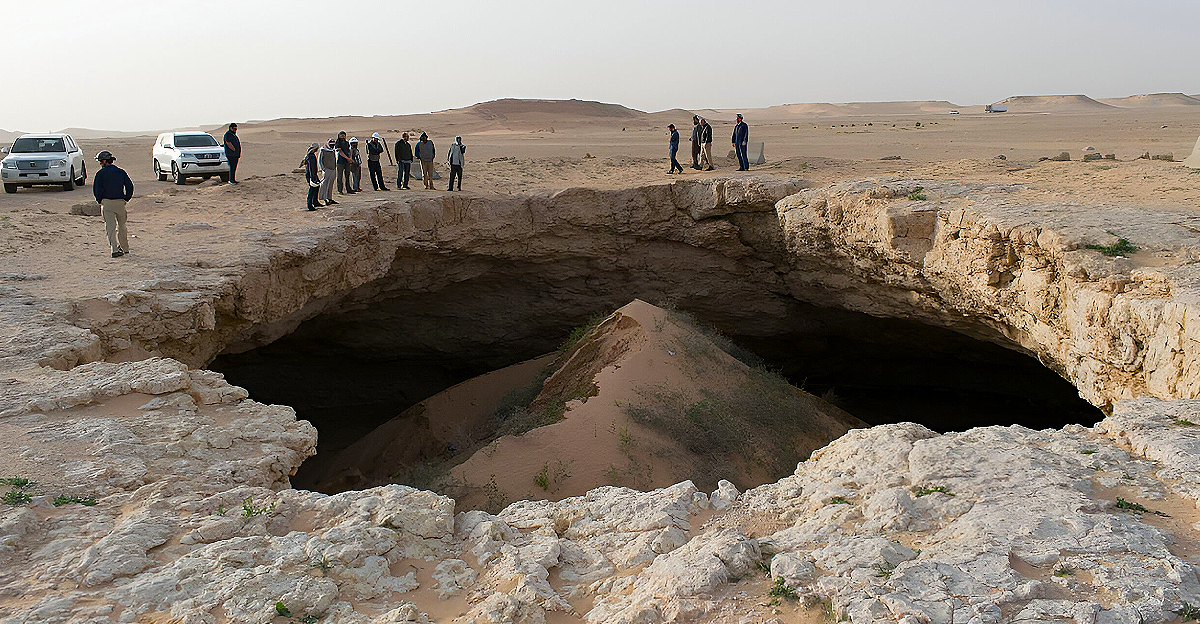
For decades we’ve clung to the prevailing theory that hominins originated in Africa. We’ve been led to believe that the discovery of hominin fossils like Sahelanthropus tchadensis was enough evidence to support this theory.
However, some controversial new evidence suggests that hominins could have existed in Eurasia and potentially even migrated into Africa, not just out of it.
While many experts disagree, some suggest that hominins could have begun their expansion out of Africa 8 million years ago, and this changes everything…
Challenging The “Out Of Africa” Theory

Most of us were taught the “Out of Africa” theory in school. It is the linear version of events that suggests early life started in Africa and hominins moved to other parts of the world roughly 2 million years ago.
However, some new fossil discoveries and data challenge this theory by asking, “What if hominins left much earlier?”
Some scientists now argue that several different evolutionary breakthroughs occurred simultaneously all over the world. Opposing the more commonly believed “cradle of life” version.
Have The Fossils Misled Us?
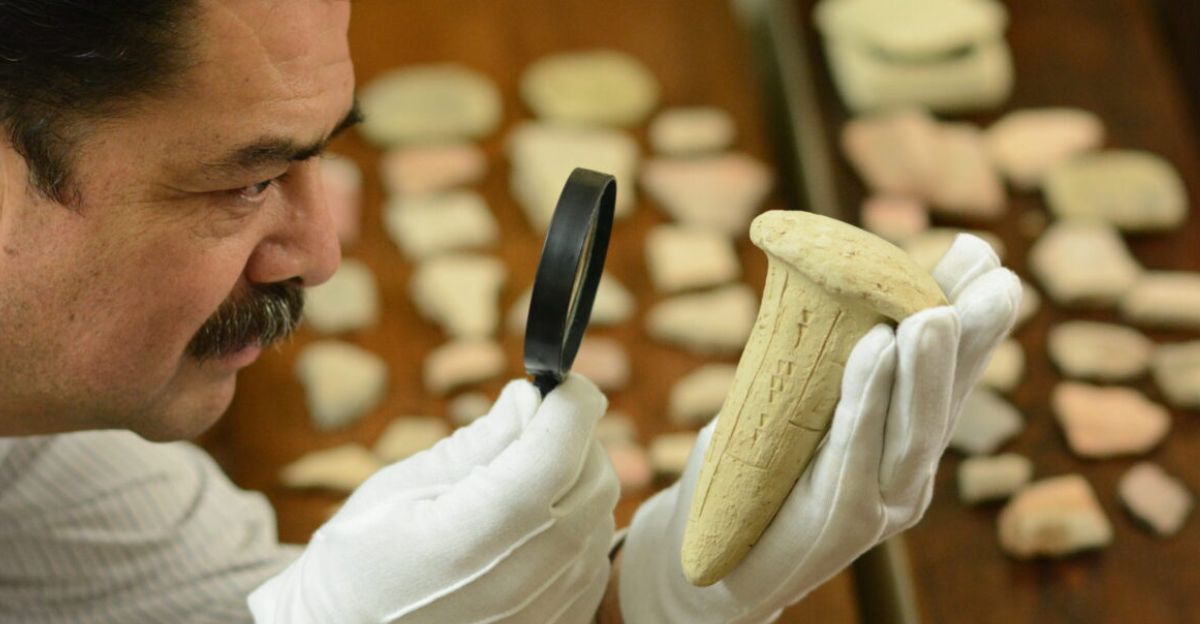
The fossil records have long supported the “Out of Africa” theory. But it’s also incomplete, fragile, and shaped by historical excavation biases.
Fossilization is a much more complex and rare phenomenon than we think, tainted by climate and weather conditions. In addition, continents like Asia and Europe have been understudied.
Recent fossil discoveries in Turkey, Bulgaria, and Greece have reportedly uncovered the remains of what is believed to be hominins dating back around 7 million years. This has reopened the “Out of Africa” vs. “The North Side Story” debate, as many paleoanthropologists do not consider these findings definitive evidence of hominins or migration.
Graecopithecus Freybergi: A Massive Breakthrough
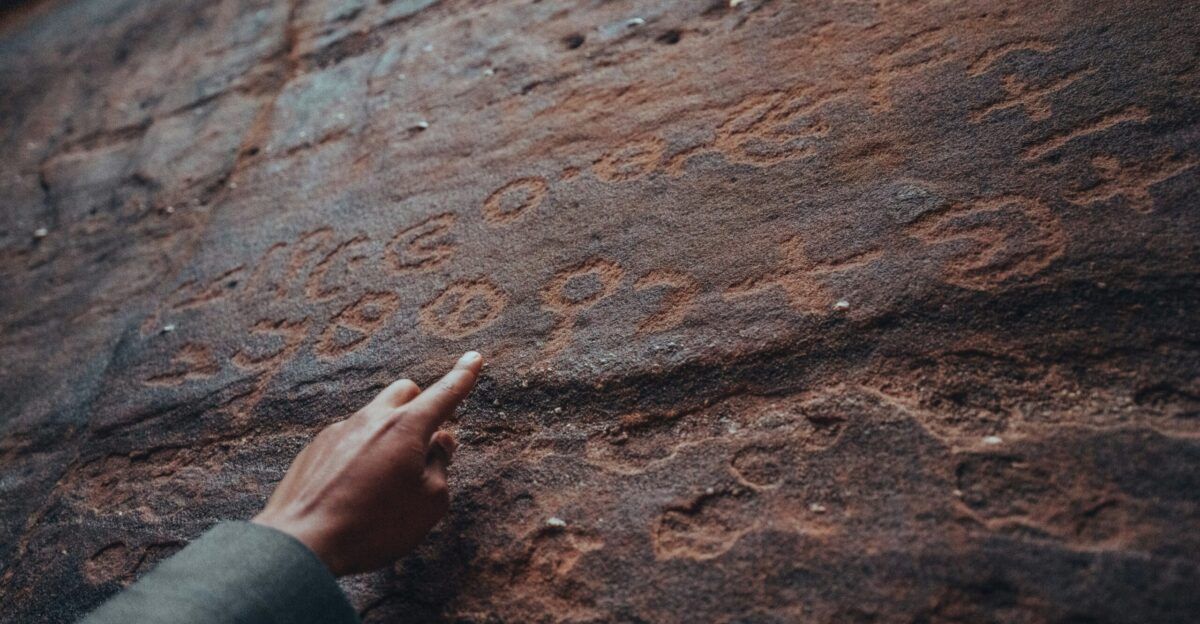
During a dig in 2017, scientists uncovered a tooth and fossilized jawbone of Graecopithecus freybergi. The remains of this hominin were found in Greece and Bulgaria and are estimated to be dated as far back as 7.2 million years ago.
That’s older than Sahelanthropus tchadensis. Study leader Madelaine Böhme said, “Our findings may change radically our understanding of early human/hominin origin.”
However, many experts have shared their skepticism on this matter and have yet to classify Graecopithecus as a true hominin.
Turkey’s Groundbreaking Discovery
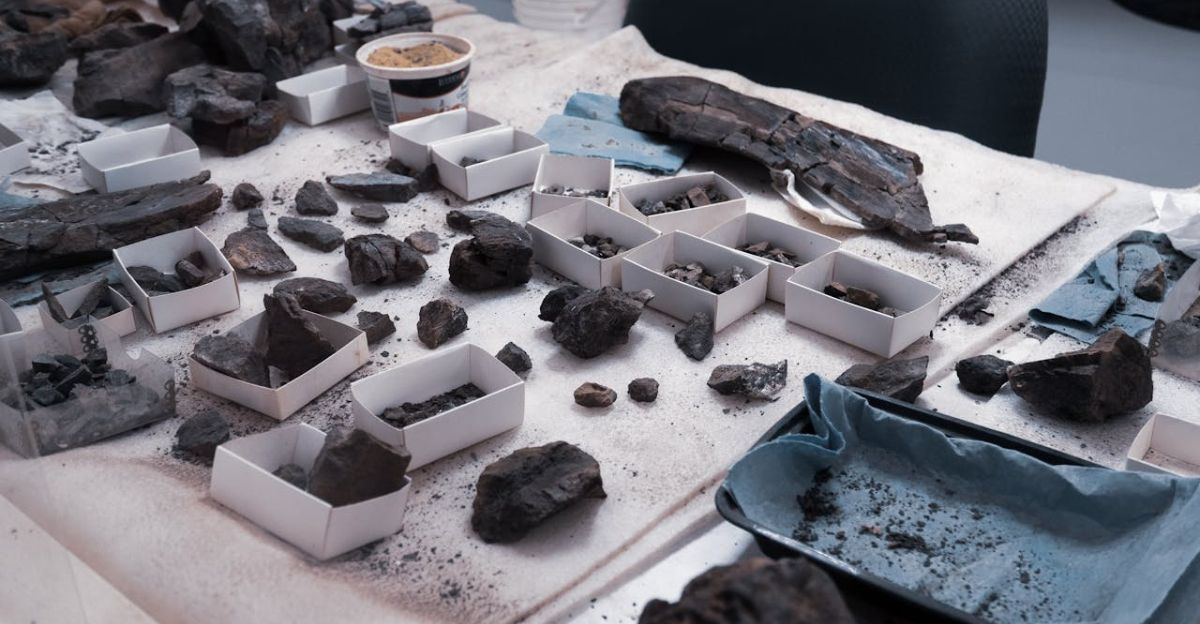
The groundbreaking discovery of Anadoluvius turkae took place in 2023. These remains were discovered in Turkey and have an estimated age of 8.7 million years. Some researchers argue it shows traits linked to early hominins, which would hypothetically make them the oldest remains.
According to Professor David Begun, this discovery suggests that early hominins spent more than 5 million years evolving in Europe before travelling to other parts of the world, like Africa.
Despite these discoveries, many experts disagree and instead categorize Anadoluvius as part of the broader ape family, not a direct human ancestor.
The North Side Story
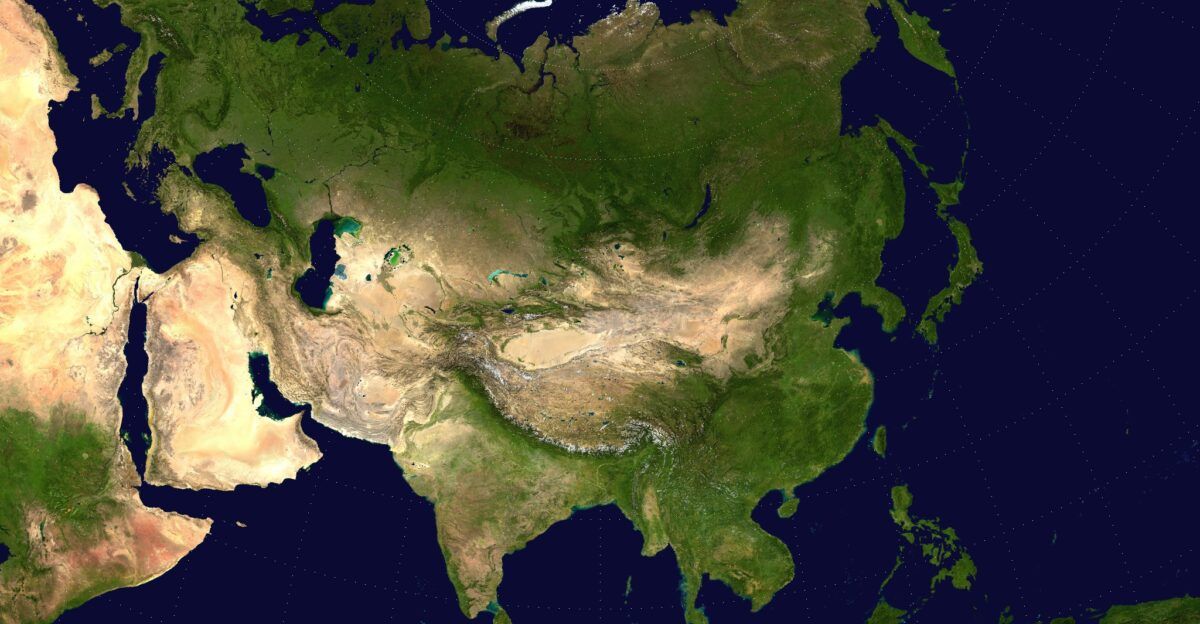
The “North Side Story” essentially supports the theory that hominins evolved in Eurasia and later made their way down to Africa.
This theory follows the discovery of hominin fossils in Southeastern Europe and has posed many questions about human evolution and how factors like politics have shaped its narrative over the years.
The North Side Story is quite compelling whether you agree or disagree with it and forces us to take a deeper look into our origins and the complexities that lie within.
A Climate-Made Path
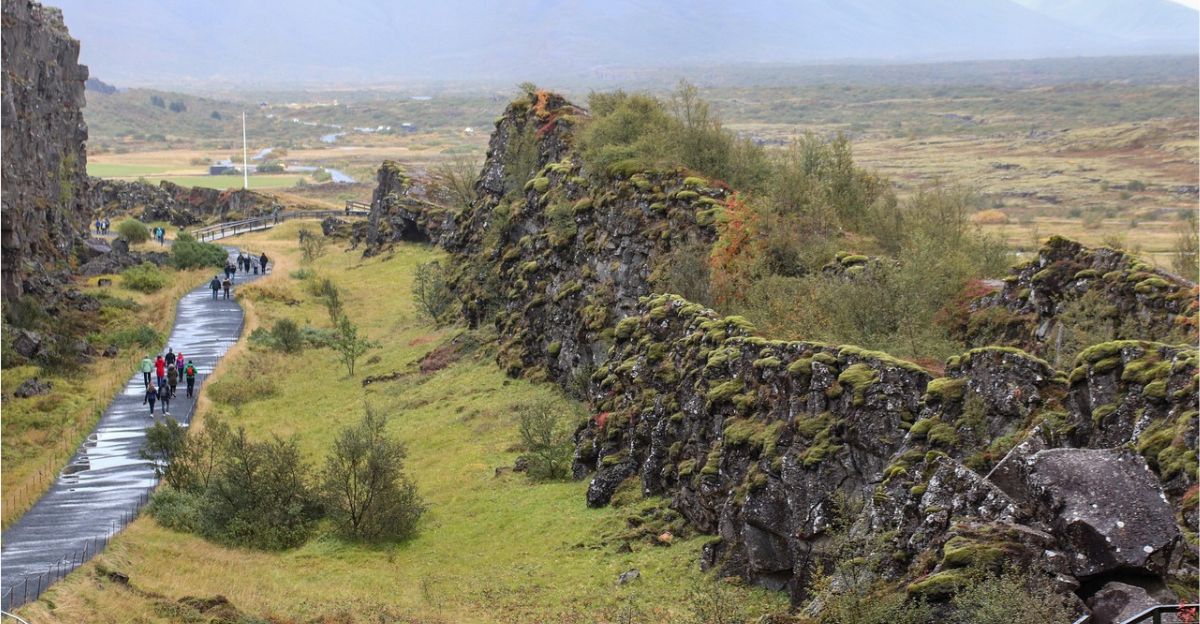
Over the last 15 million years the earth has undergone many changes due to tectonic plate shifts, climate and other external factors.
During these shifts and changes, continents were reshaped, and pathways between continents were created that assisted animals in moving across vast lands.
According to fossil and pollen data, many mammals travelled back and forth between Africa and Eurasia, and some scientists believe early humans followed this path too.
Professor David Begun claims that these environmental pressures possibly drove hominins out of Europe and into Africa.
Ancient DNA Reveals Missing Links

DNA testing and genetic data have made numerous advancements, and along the way have uncovered some anomalies in the DNA of hominins.
Ancient genomes contained a “Basal Eurasian” component, which support some researchers claims of the possibility of other early human populations outside Africa.
These discoveries allude to the possible existence of early human-like species that lived, interbred, and evolved in the Eurasia region.
Primitive Stone Tools Uncovered

Another shocking discovery was the unearthing of primitive stone tools in parts of China and Georgia.
Although these tools were found alone, without the appearance of human bones, some researchers believe they provide evidence of early hominin existence in Asia.
Many argue that the presence of these tools strongly indicates human life, adaptation and intelligence.
Evolution Wasn’t Linear

For many decades, we’ve understood evolution to be a clean-cut hierarchy that moves in one swift direction, where one species gives rise to another.
Now, we’re discovering that it isn’t quite as simple.
These new discoveries suggest that evolution was occurring in many different places at once with parallels all over the planet. It paints a much more intertwined, complex, and messy picture than before.
How Do These Discoveries Impact Our Lives?
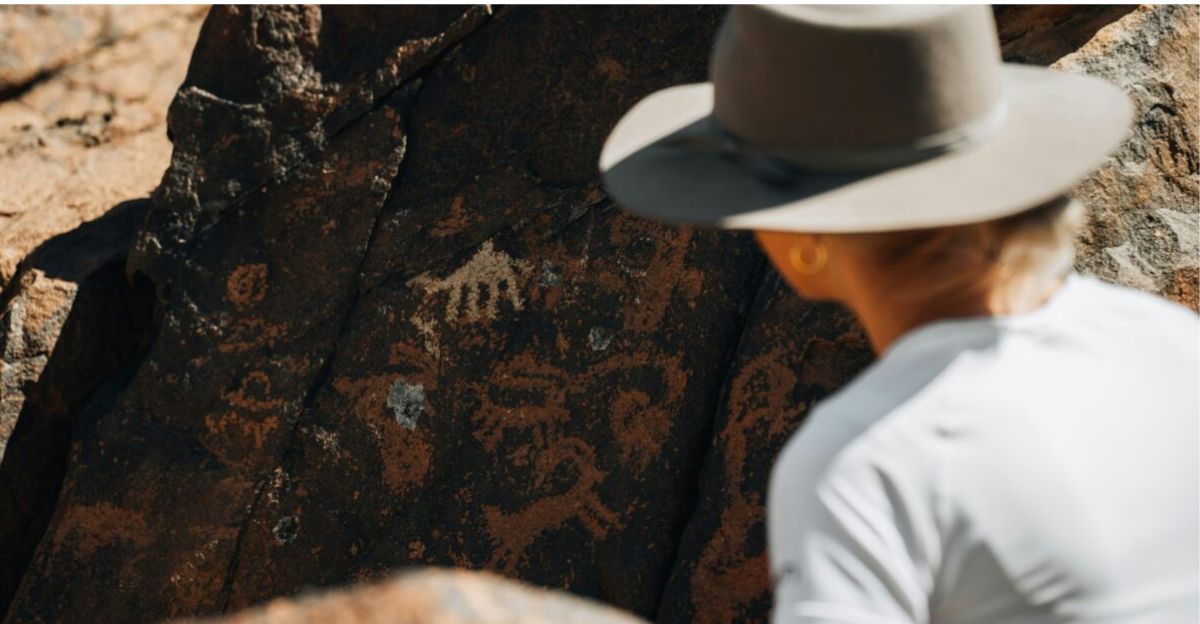
This new research, data, and fossil discoveries have challenged some of the oldest beliefs in paleontology and science.
The majority of information we currently have in our schools, on our TVs and in our museums support the theory that life started in Africa and dispersed to other continents 2 million years ago.
But, what if that’s not true?
Instead, we could be part of a much more complex history that involves migration, adaptation, resilience, and simultaneous evolution.
If anything, this greatly enriches our knowledge and should be included in our textbooks for future generations.



